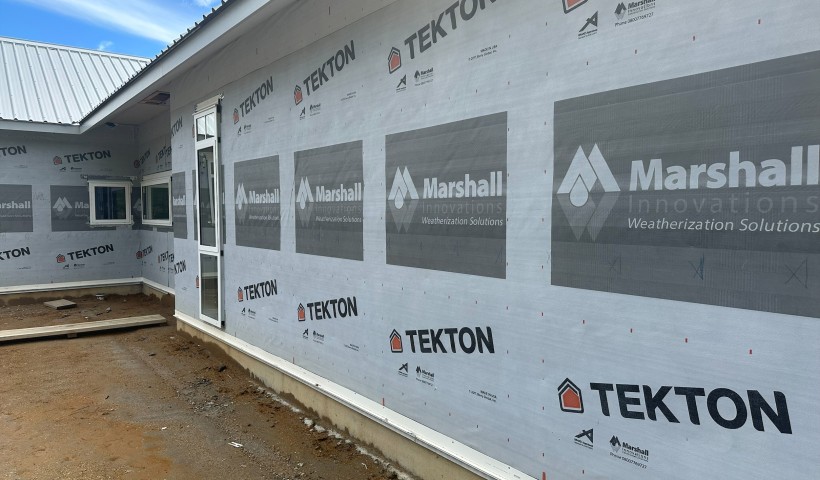
The Ministry of Education have recently made some key changes to the requirements for architects when designing new school buildings. The updated requirements promote:
- More robust and cost-effective buildings
- Less maintenance over the building’s life
- Simple and straight forward building forms
- Elimination of costly poor performing building materials and systems
As a nationwide supplier of weathertight building products, Marshall Innovations want to illustrate how and where various Marshall Innovations Construction Solutions are suitable for use in new learning environments.
Firstly, where the new requirements differ from the previous 2014 edition it is clearly noted that rigid air barrier board is mandatory for external cavity framed walls. This alleviates the option of a flexible wall underlay, however ‘Super-Stick’ Flexible Flashing tape (generally used for weathertight treatment around window and door openings) can also be used for fibre cement sheet joins, including JH RAB board. In this situation Super-Stick tape has been tested (as a system) and is also BRANZ Appraised.
Secondly, Marshall Innovations’ Trade-Seals — specifically designed for sealing around service penetrations through (flexible and) rigid-type wall underlays, are confirmed as suitable for use. Trade-Seals are a one-piece, self-adhesive collar available in in a large range of sizes from 8mm up to 220mm, used for sealing around pipe or conduit. Trade-Seals protect against damage to building insulation, framing structure, internal linings etc. from water penetration (in the event of external cladding failure) through the building ‘envelope’, by keeping water out and maintaining internal dryness.
Thirdly, Marshall's new HYDRA Roof Underlay — which has recently been introduced to the NZ market, for secondary protection against water penetration through roof cladding, carries a very current BRANZ Appraisal # 1071 (2019) — a specific design requirement of the MOE with regard to Metal Roofing – Underlay.
Although many Roof Underlays such as HYDRA are considered ‘self-supporting’, this product must still be fully supported by mesh regardless of purlin spacing. HYDRA Roof Underlay is a tri-laminate, non-woven, synthetic which is absorbent, and has excellent water resistance.
Further design requirements are Roof Underlay must have side and end laps of 150mm (or as per manufacturers requirements), be laid horizontally (except for roofs greater than 8 degrees), and have all penetrations, junctions, and laps sealed with a compatible window sealing tape — Super-Stick tape is also compatible for use with HYDRA Roof Underlay.
The Weathertightness Design Requirements apply to all new state school buildings, including:
- Extensions and additions that increase the building footprint.
- Projects that involve end-of-life replacement or the alteration of roof or wall cladding envelopes of existing buildings











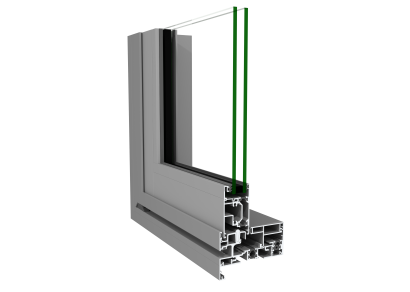
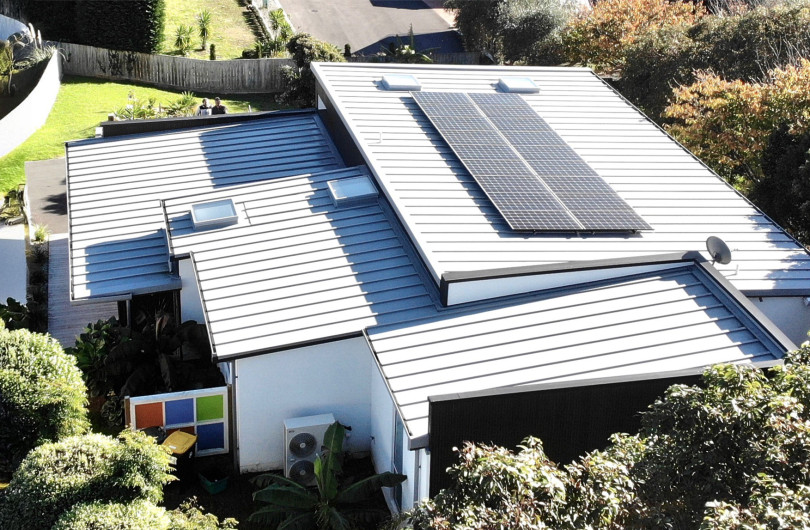
 New Products
New Products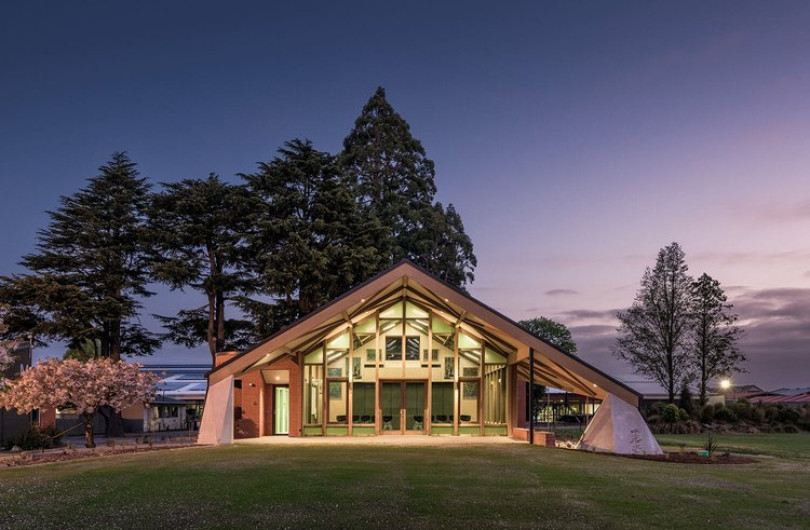




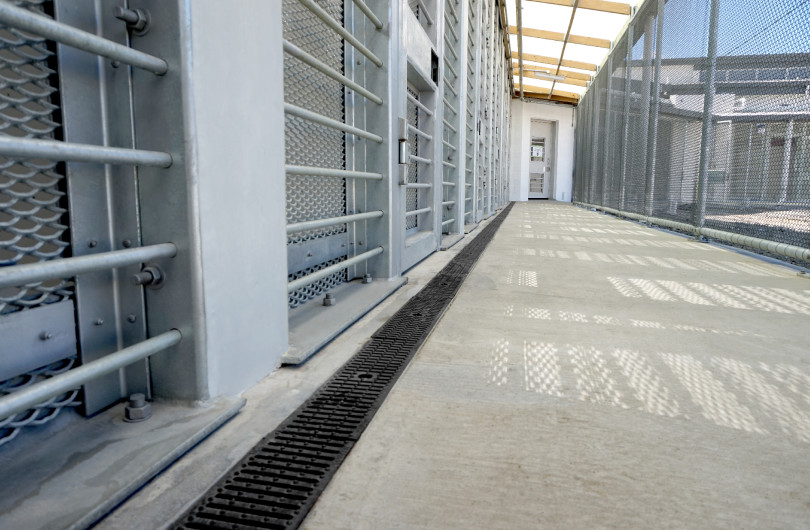





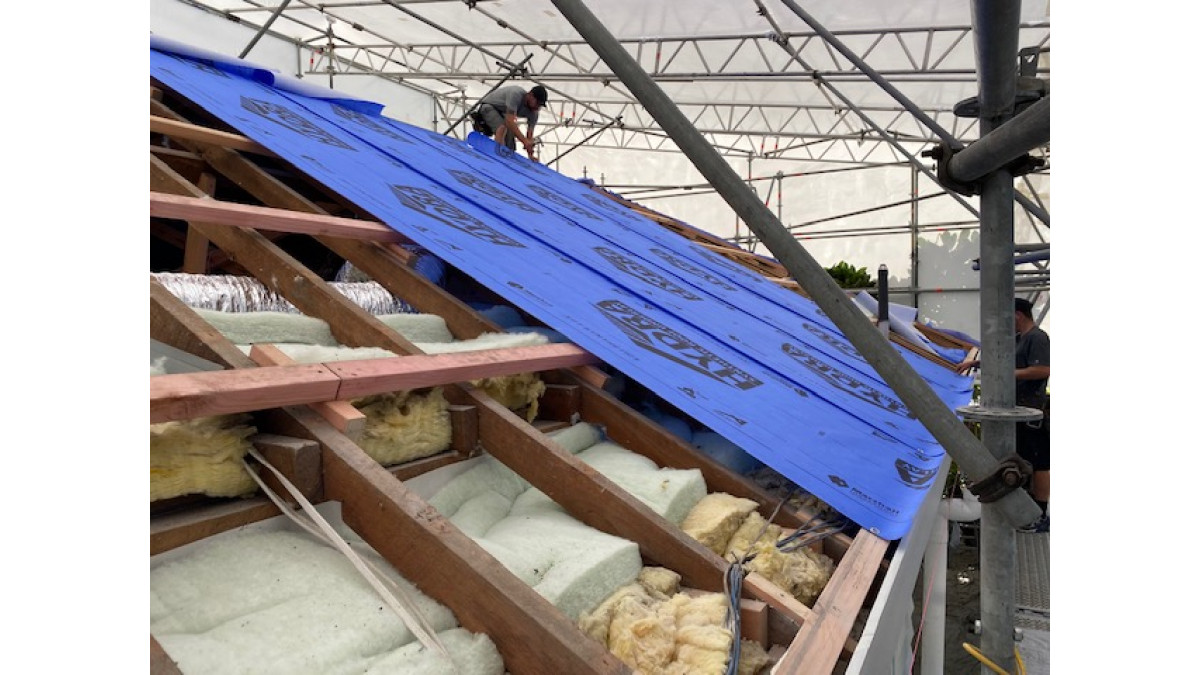
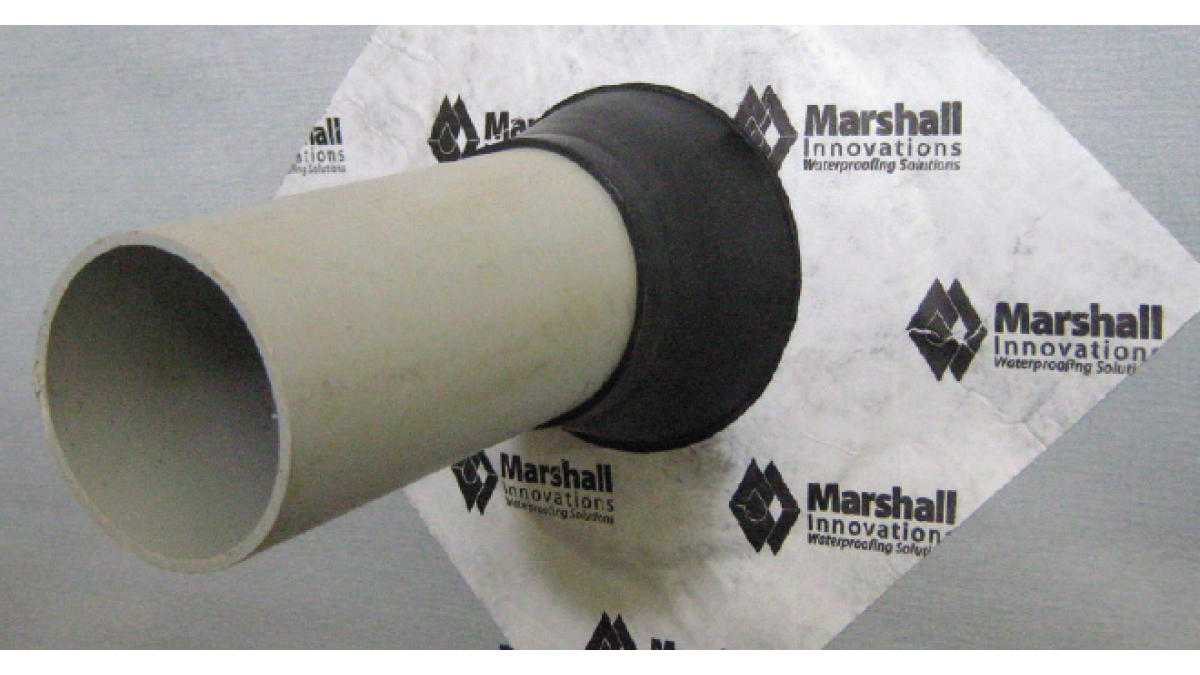


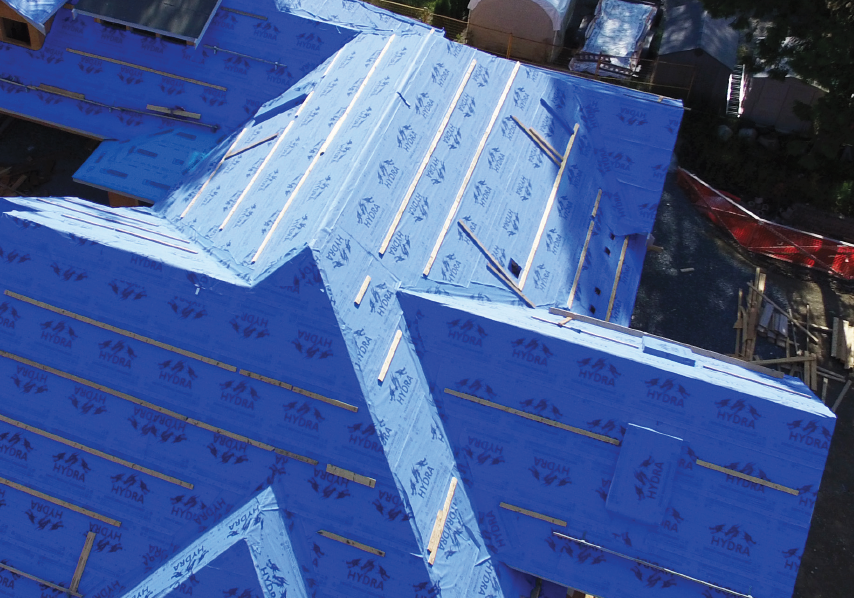
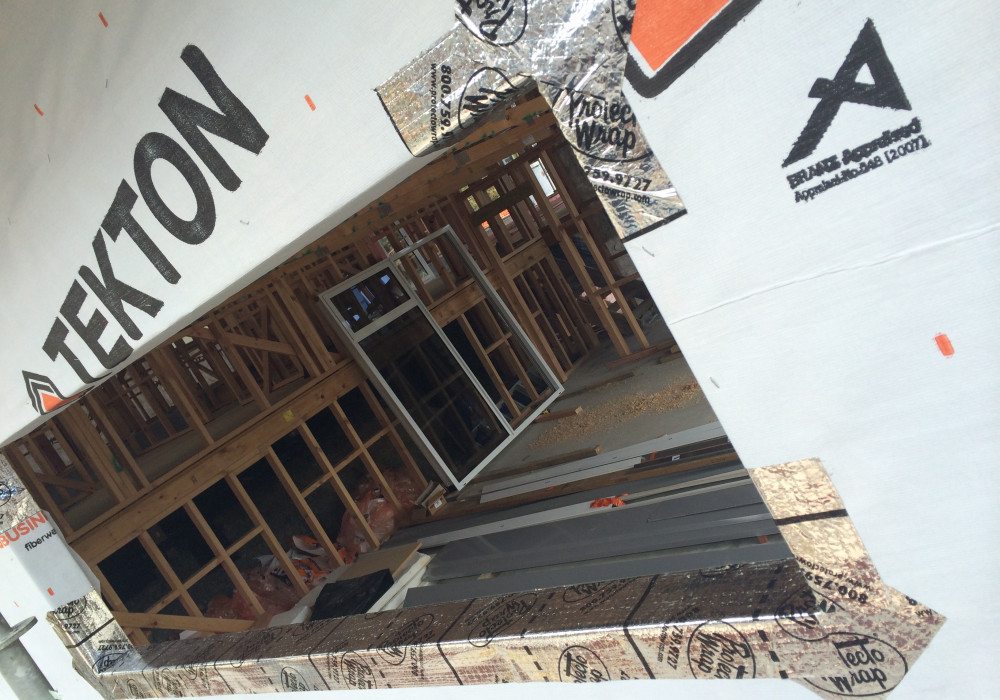

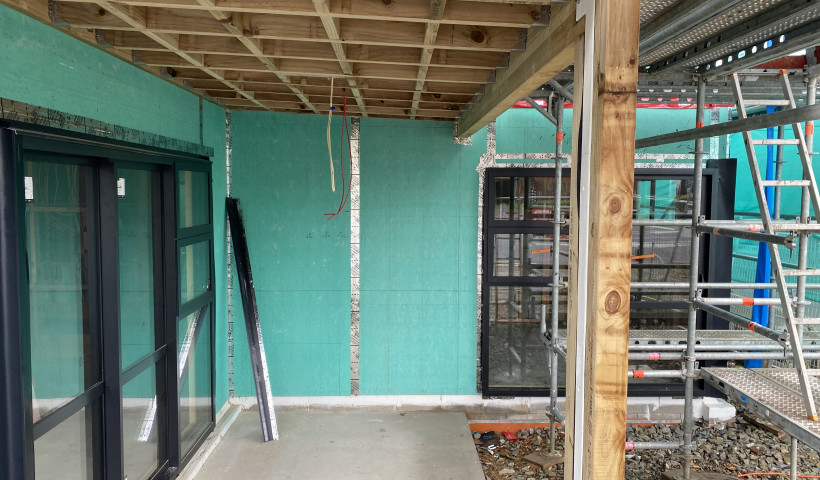
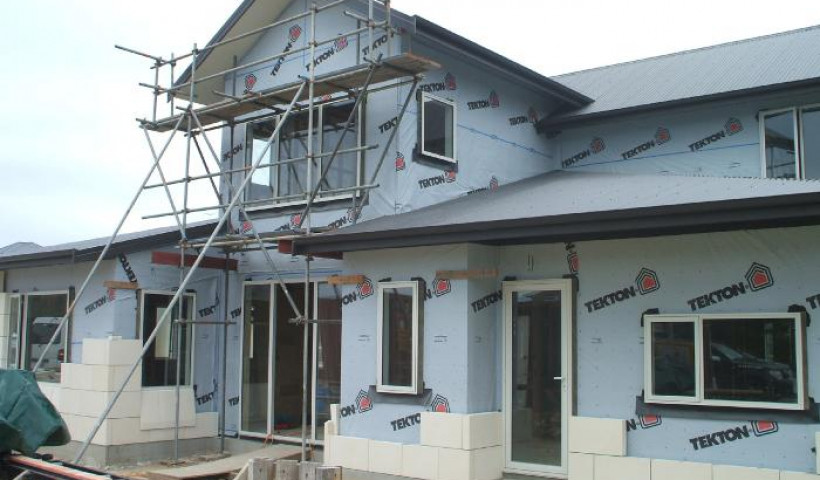
 Popular Products from Marshall Innovations
Popular Products from Marshall Innovations
 Most Popular
Most Popular


 Popular Blog Posts
Popular Blog Posts
